Alfalfa is off and growing in most areas of the state, so now would be a good time to review the various species of aphids that can be found in the crop. Knowing how to recognize aphids and their damage and understanding their treatment thresholds is important for making proper management decisions.
Aphid Damage
Aphid damage in alfalfa can cause yellowing or distorted leaves, stunted growth, and reduced plant vigor (Figure 1). Heavy infestations can lead to significant yield loss. Additionally, the aphids’ saliva expresses varying degrees of toxicity, which can further contribute to plant decline.
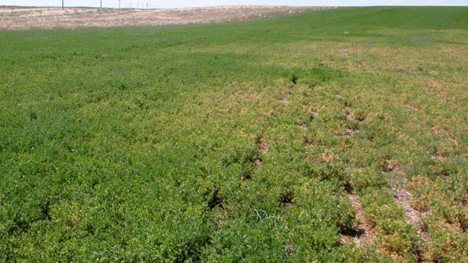
Figure 1. A field exhibiting symptoms of aphid damage. Image courtesy of University of Idaho Extension.
Pea Aphid (Acyrthosiphum pisum)
Pea aphids are the most common aphid found in alfalfa in Kansas (Figure 2). These aphids are typically light green and shiny, but pink morphs do occur. They are large for aphids, and adults are easy to spot due to their size. They have long legs, long antennae, and long cornicles (tailpipes) with black tips. A key feature that distinguishes pea aphid from the similar blue alfalfa aphid is its antennae, which have narrow dark bands on each segment, and the antenna tips are not darkened. Thresholds for pea aphids depend on the maturity of the alfalfa and consideration of the presence of predators and parasitoids. Ten-inch-tall alfalfa with 50 pea aphids per stem or 20-inch-tall alfalfa with 100 aphids per stem may be grounds for treatment.
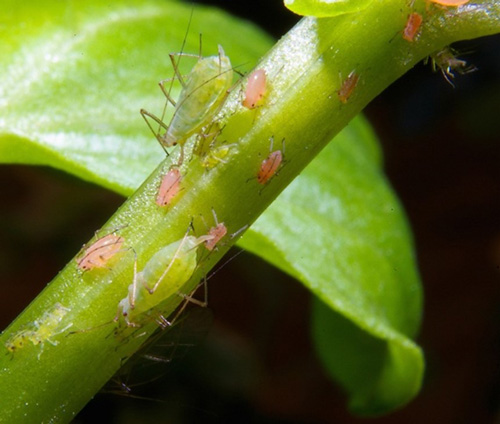
Figure 2. Pea aphid adults along with pink morph nymphs. Image courtesy K-State Entomology.
Blue Alfalfa Aphid (Acyrthosiphon kondoi)
Blue alfalfa aphids are also green-colored aphids, but they have a waxy blue-green appearance rather than a light shiny green like the pea aphid. Their cornicles are long and darkened at the tips, but the darker color runs down the cornicle beyond the tip. This aphid’s antennae are an important feature; the tips are solidly darkened rather than just banded (Figure 3). Blue alfalfa aphid is smaller than the pea aphid. Thresholds are also determined by plant maturity and the presence of beneficial insects. Twenty blue alfalfa aphids per stem on 10-inch-tall alfalfa, or 50 blue alfalfa aphids on 20-inch-tall alfalfa, may justify treatment.
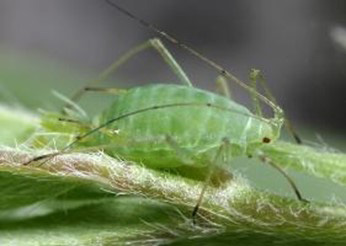
Figure 3. Blue alfalfa aphid, note the darkened tips of the antenna. Image courtesy K-State Entomology.
Cowpea Aphid (Aphis craccivora)
The Cowpea aphid is the easiest aphid to identify in Kansas alfalfa fields. Adults are very dark-colored, rounded aphids with white antennae and white legs. The nymphs are gray-blue, waxy, and smaller than the adults. Another feature of this aphid that helps with identification is its feeding behavior. Cowpea aphids prefer to feed near the very tips of stems and are often easy to spot. Thresholds for cowpea aphids are considered to be similar to pea aphids.
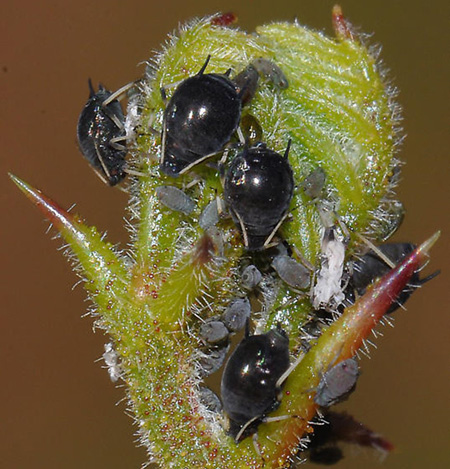
Figure 4. Cowpea aphid adults and nymphs. Image courtesy K-State Entomology.
Spotted Alfalfa Aphid (Therioaphis trifolii)
Spotted alfalfa aphids are pale to yellow in color and get their name from the distinct rows of dark spots on their backs. The spots have spines that are easily seen with a hand lens. Due to the nature of this aphid’s potent salivary toxins, thresholds for young plants are low. Plants 2-3 inches tall can only tolerate four to five aphids per plant. Older plants can tolerate larger numbers of aphids. The threshold for 10-inch-tall alfalfa is 50+ aphids per stem. For 20-inch tall alfalfa, 100+ aphids per stem are needed.
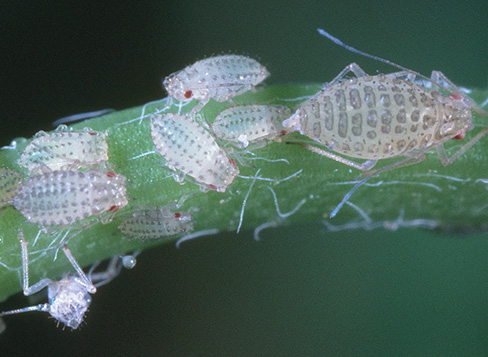
Figure 5. Spotted alfalfa aphid. Image courtesy K-State Entomology.
Final considerations
Note the relatively large thresholds for some of these aphids. It is important to scout properly so you don’t make unnecessary treatments. Remember, aphid populations can be a good thing by promoting the presence of various beneficial insects that can help suppress the aphids’ populations and other potential pests. Consider the presence and density of beneficials when making treatment decisions. If treatment is warranted, a variety of products are easier on beneficial insects compared to standard pyrethroids and organophosphates. For a full list of products available to treat aphids in Kansas, consult the Alfalfa Insect Pest Management Guide at https://bookstore.ksre.ksu.edu/pubs/alfalfa-insect-pest-management-2024_MF809.PDF.
Anthony Zukoff, Extension Entomology Associate – Garden City
azukoff@ksu.edu
Tags: insects alfalfa pea aphids aphids